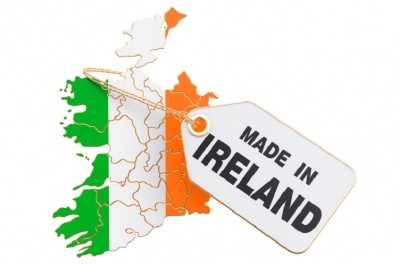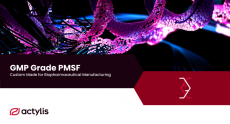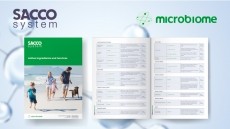Standardised single-use tech, the industry’s 'holy grail?'

The standardisation of single-use equipment – the development and application of standards across companies and suppliers, which would allow for the manufacture of interchangeable parts – has received increased attention from biopharmaceutical vendors and end-users.
Vendor GE Healthcare Life Sciences told us it is following the discussion across the industry – which encompasses design, testing, process, and material elements – with interest.
”Standardisation is...a mechanism to achieve a multitude of outcomes – functional equivalence, interoperability, security of supply, and part identity as examples,” said GE’s strategic projects leader Jeffrey Carter.
However, the advantages and consequences of implementing a single, uniform design have not yet been fully explored, he told us.
”The convergence to singular, industry-wide, equipment designs – the ’holy grail’ of single-use standardisation – has perceived benefits and unintended consequences that have yet to be fully vetted through industry collaborative means,” he said.
Intellectual property (IP) and installed base – measuring the number of units of a product in use – are practical issues that may also hinder the implementation of a standardised design, said Carter.
ABEC’s European director of business management Adrian Hennessey said if customers pushed for standardisation, the 4,000L single-use bioreactor vendor would be open to supplying industry-standardised equipment. However, agreed practical challenges could impede its implementation.
“Getting [end-users] to agree to a standard that is applied industry wide has been talked about for a long time in various areas – not just in single use, but in manufacturing and laboratory areas,” he said.
“The reality is that it rarely happens, especially in biopharmaceuticals…which usually results in a customised manufacturing process, and it’s very difficult to get away from that.”
According to Hennessey, it would be easier to standardise media bags than the entire bioreactor skid.
“I don’t see standardising bioreactors catching on,” he said, adding, “customers want flexibility, they want the ability to customise [technology] their own way, that’s suited to their process and to their drug.”
Roche: An end-user perspective
A Roche spokesperson told us while the firm cannot speak on behalf of the industry, it has embarked on standardising single-use technology (SUT) including buffer bags within the Roche network for many years.
“At Roche, standardisation means selecting a limited number of suppliers with defined and fixed specifications for both the disposable elements and non-disposable skids,” we were told.
“These specifications will be governed by global center of excellence for engineering standards with strict change control. Roche also strives for leveraging the standard, off-the-shelf catalogue items from suppliers as much as we can.”
Why?
The spokesperson told us standardisation would enable agility, sustainability and cost-effectiveness for both Roche and suppliers.
“Since there will be far less items in SUT supply inventory under the standardisation approach, both Roche and suppliers can manage the demand and supply of these limited items in a more reliable, sustainable and cost effective way,” the spokesperson told us.
“Roche could leverage the existing SUT knowledge and experience such as material compatibility and qualification / validation studies extensively. Therefore, Roche can reduce the engineering cost (design, construction, qualification / validation) as well.
















